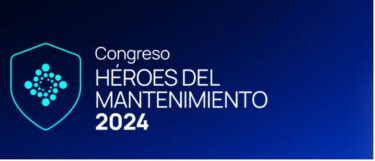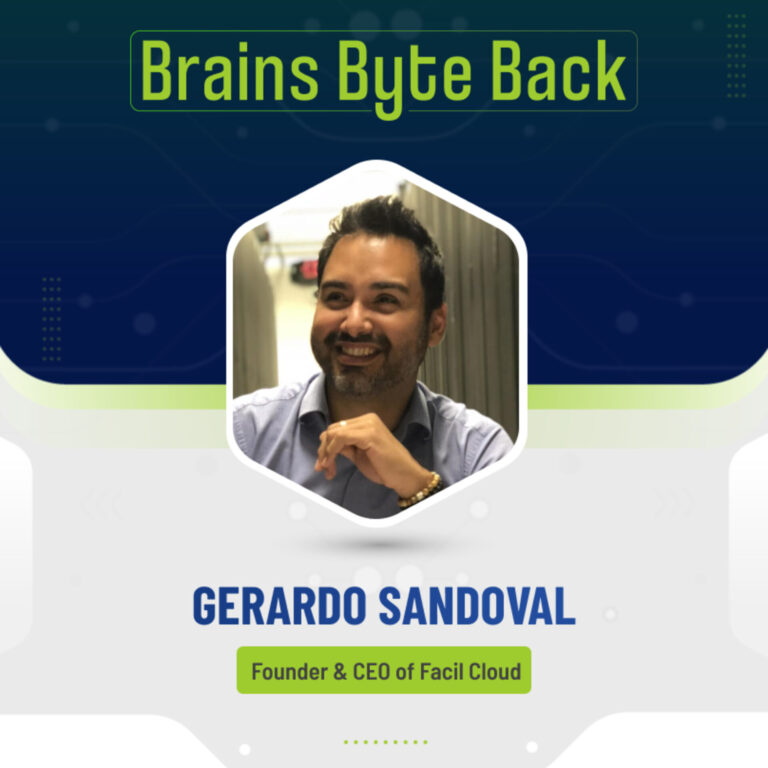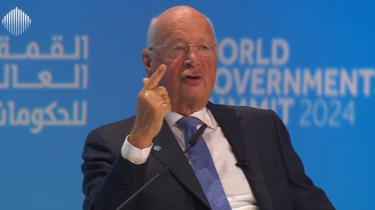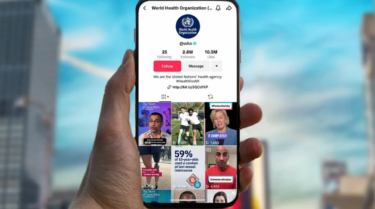For the most part, it’s young companies that seek development for mobile apps. New apps go on the App Store every day, and the majority come from startups and entrepreneurs that have an idea for a new digital product and want to build a business off of it.
As a developer or a development agency owner, I can tell you that this is good business. There will always be startups in search of digital development. And while budget can be an issue, it’s easy enough to screen your clients and cut down on the amount of time you spend dealing with people who simply don’t have the money to pay you.
But at a certain level, you have to start targeting enterprise clients. It’s just a bigger ball game: enterprise companies have real money to spend, and after a while, you need to start serving that market if you want to grow your agency to the next level.
In my work with Rootstrap, I’ve worked with Fortune 500s and media moguls including Tony Robbins, Google, Salesforce, Epson, Spotify, and even Snoop Dogg. We serve plenty of startups, but we’re known for bringing a fresh perspective to large organizations – and over the years, I’ve learned a thing or two about landing these “whale” clients.
Modernizing a Coaching Empire
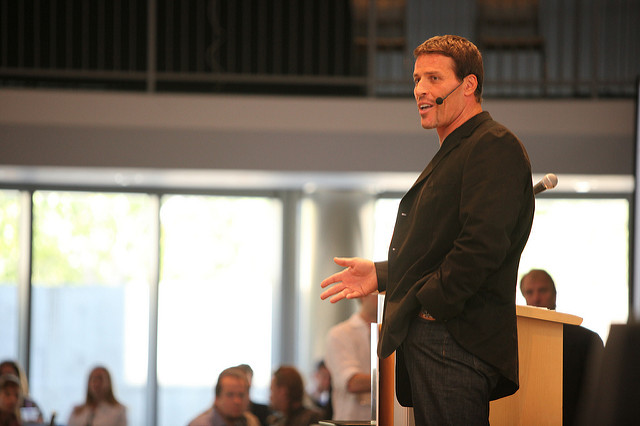
Tony Robbins. Image credit: Brian Solis via Flickr
A perfect example of this lies in our work with motivational speaker and life and business strategist Tony Robbins.
When Robbins came to us, he already had a massive coaching empire. In the US and many places, he’s a household name. But his entire business was analog: he was still distributing and monetizing all of his material through pamphlets, books, and CDs. Our job was to take this massive, established library of content and turn it into a compelling digital experience.
Achieving this was harder than it sounds. Moving to digital was a big step for Robbins: despite his loyal following, it’s easy for a brand to get tarnished when making a move of this scale.
To manage the transition, we took Robbins through our proprietary Roadmapping process. This is a pre-product workshop where we’ll take an idea for an app, hone the concept, validate it against the market, and build out a comprehensive roadmap to full development. We sometimes describe it as a “startup-in-a-box.”
Roadmapping allowed Tony and his team to operate within a lean startup mentality even though they were running a large organization. When you’re working with large clients, this is a critical thing to keep in mind.
Large corporations may make boatloads of money, but it’s exceedingly difficult for them to stay agile. When there’s that much bureaucracy involved, you lose the ability to think on your feet. At Rootstrap, a big part of our value to larger clients is helping them apply agile and lean startup thinking, even though they might be a Fortune 100 company.
In Robbins’s case, this paid off. Because of his existing base, we knew that if we could provide the right kind of digital experience, the demand for the app would be immediate. But beyond that, we wondered if we could circumvent Apple’s normal 30% cut of revenue. We needed something creative.
Through the Roadmapping process, we generated the idea to run the app on a subscription basis and keep the subscription process off of the app store. This ended up saving Robbins tens of thousands of dollars, allowing him to recoup his investment in just 30 days.
If you want to knock it out of the park with an enterprise client, you need to do something for them that they can’t do themselves – and a lot of the time, that means creativity, agility, and thinking lean. We brought an Agile design process not only to the product itself, but also to the monetization model. It’s that kind of out-of-the-box thinking, applied to every aspect of the project, that lets agencies start playing in the big leagues.
Tips On Landing and Navigating Enterprise Clients
But of course, before you can start bringing value to an enterprise client, you have to land one. That can be a challenge, but if you know the tricks, it gets easier.
The first thing to keep in mind here is that landing an enterprise, Fortune 100, or media mogul client is usually a long road. The sales pipeline isn’t the same for a Fortune 100 as for a startup. You’ll have to spend a lot more time courting decision makers, be much more diligent in your follow up, and be ready to take a lot of lunch meetings.
Even before entering talks with a potential client, you’ll need to be scrappy in your cold outreach. Nothing is off limits here: work your network and try the front door, but don’t be afraid to poke around for a back. Our initial outreach to Google was through a DM on LinkedIn with no prior relationship. Sometimes, scrappiness and growth hacking are just as effective as preexisting relationships.
Finally, be on the lookout for administrative hurdles – and remember that sometimes, what looks like a hurdle might be an opportunity. It took us a while to realize that some of our target clients operated using preferred vendor lists. Getting on the list was a hassle, but once we were accepted, it was a golden ticket to steady work.
Once you do get in the door with a whale client, you’ll need to adapt to their workflow. Large enterprises normally have their own internal systems, protocols, and ways of getting things done. As a service provider, you have to learn those systems and adapt to them so you fit smoothly into the company.
That said, you can’t always play by their rules. The bureaucracy at some of these Fortune 100s is so thick that it can stop you from doing your job. Do not let that happen.
As an example, we once had a client that needed to get approval all the way up the chain of command to move forward on a project. But the deadline was coming up, and I knew that by the time they finally authorized us, it’d be way too late for us to deliver on time. I took the risk and told my team to start working on it then and there.
That was a gamble: the company could have denied the work, and that would mean we had been working for free the whole time. But I read the situation and made an educated guess, and in the end it paid off. We looked like heroes because we finished the job in a seemingly impossible time frame. Sometimes, you have to trust your own processes and not let the inefficiencies of a client hold you back.
Keep a Cool Head
More than anything, the most important thing for landing large clients is patience.
With a big company, everything is slower. The sales process is slower. Onboarding is slower. Decision making is slower. It’s easy to get hot-headed and impatient about that, especially as a young agency owner. But ultimately, you need to adapt to your clients, both in the sales process and the actual business relationship. That’s the only way to start landing the kinds of clients you want and move up in the agency world.
As any agency owner knows, landing a Fortune 100 company or a media mogul as a client can be an extremely frustrating process. The sales pipeline is very, very long, and it can take serious effort and lots of dry leads to finally find the right one and close the deal. But with the enterprise software market standing at $424 billion and growing, it’s a necessary step if you really want to grow your agency.
And trust me – when you finally do snag your whale, it’ll all be worth it.




